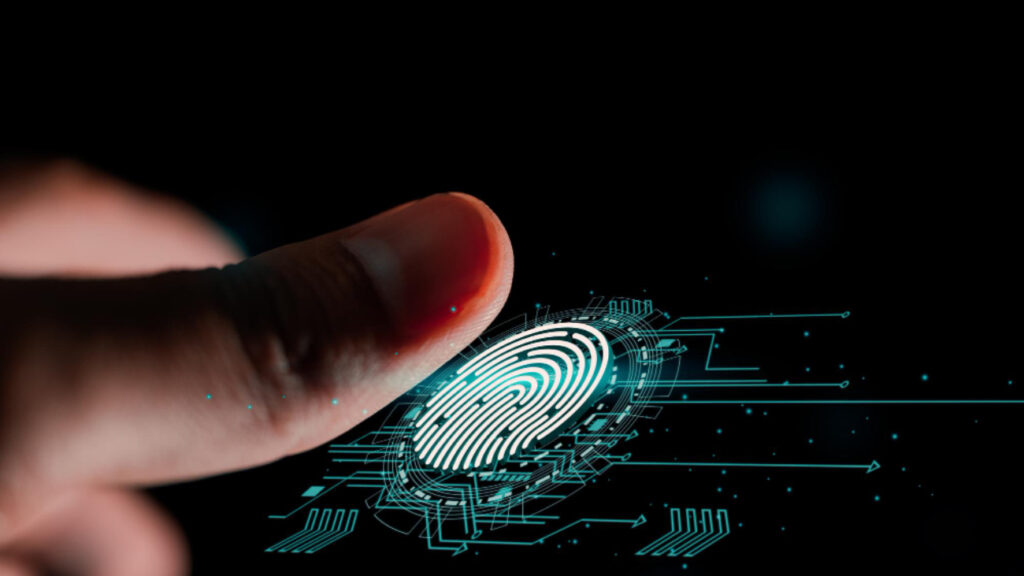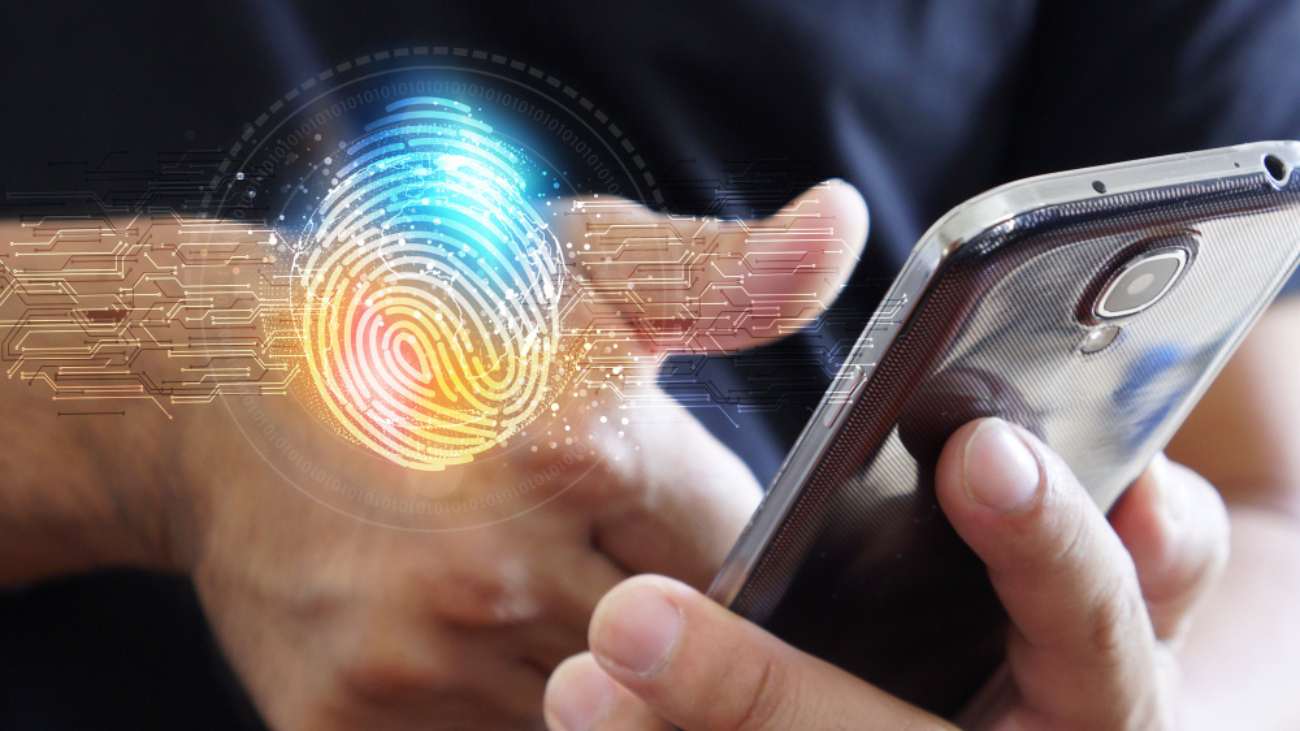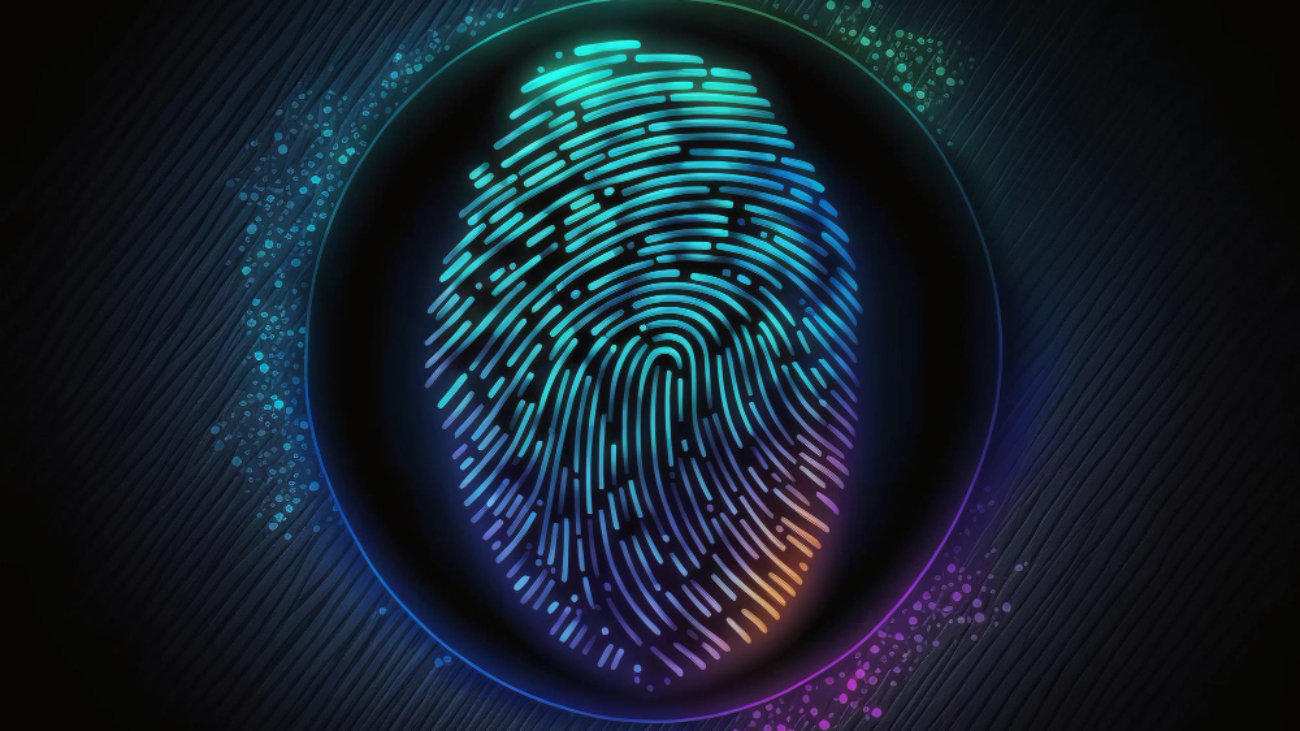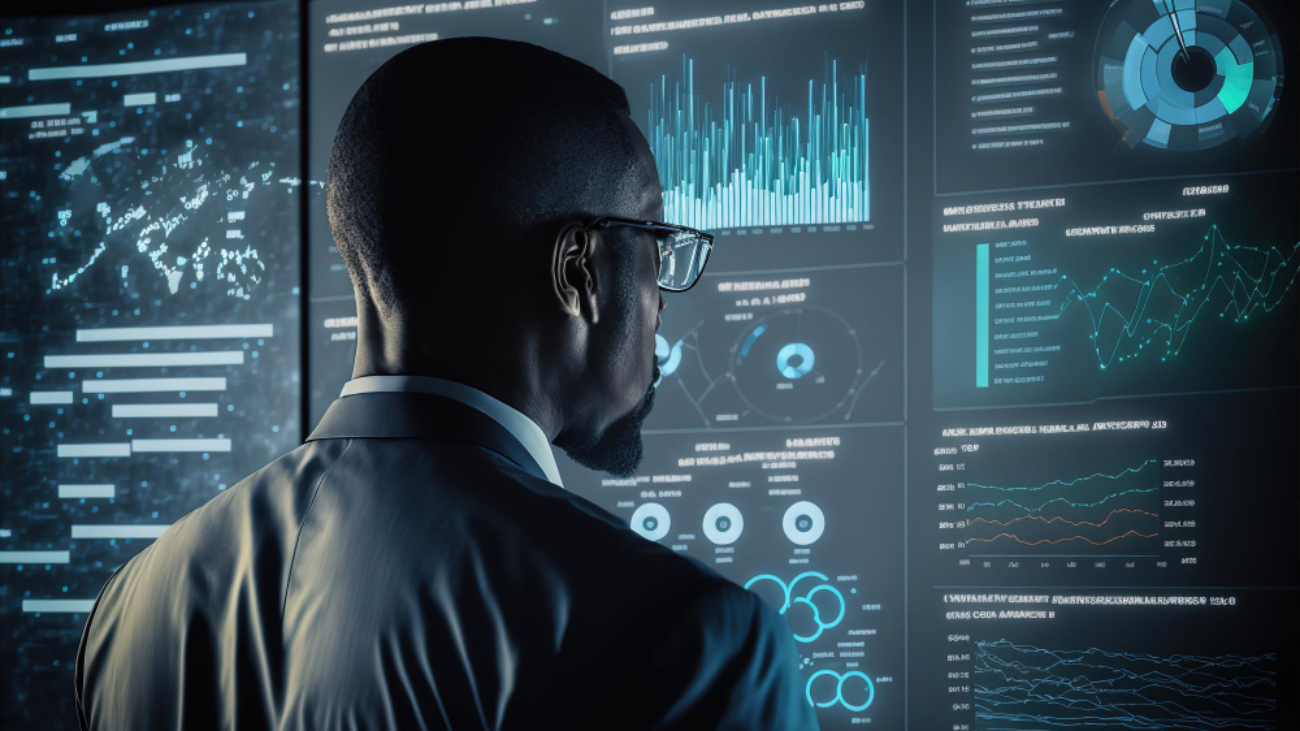As cities become smarter and more digitally connected, they pave the way for a future where citizens can enjoy even better services than before. One integral part of any modern city’s strategy is biometric identification which enables quick, easy access to public structures such as airports or government buildings. This blog post, Bahaa Abdul Hadi will look at how this innovative technology has become an economic tool that improves efficiency. And security and an important civic asset for law enforcement agencies, helping them solve crimes faster than ever.
The role of biometric identification in smart cities
Biometric identification is an increasingly important component of smart city technology. Smart cities are designed to be highly efficient, connected, and secure urban environments that use various digital technologies to provide better services to citizens. Biometric identification technology can help develop and manage a smart city by enabling fast and reliable authentication processes.
This can help reduce fraud, enhance security, and improve the efficiency of services. Biometrics refers to physical or behavioral characteristics unique to each person, such as facial features, fingerprints, and voice recognition. Biometric identification systems use these characteristics to identify a person beyond any reasonable doubt. This provides an extra layer of security for smart city infrastructure, as it is much more difficult to spoof biometrics than traditional identification methods like passwords and ID cards.
Biometric identification systems can also be used to provide tailored services to citizens. For example, they can authenticate a user’s identity when accessing certain services or facilities. This allows the smart city to offer services tailored to the individual rather than providing a generic service to everyone. Moreover, biometric identification systems can monitor and manage physical access to certain city areas. This allows authorities to control who has access to sensitive or restricted areas in order to ensure safety and security.
Biometric identification is an essential component of smart cities. It allows authorities to securely identify and authenticate citizens to provide tailored services and manage access to certain areas of the city. This helps ensure that no unauthorized access is possible while ensuring citizens can access the necessary services and facilities. In this way, biometric identification can make cities more efficient, secure, and connected.
Conclusion
To create smart cities, government organizations must implement new technologies to identify individuals based on physical and behavioral traits. However, it is important to consider the privacy implications of these biometric identification systems before rollouts. With careful planning, biometric identification can be used to respect individuals’ privacy while providing the benefits of smart city living.
Thank you for your interest in Bahaa Abdul Hadi blogs. For more information, please stay tuned to www.bahaaabdulhadi.com







